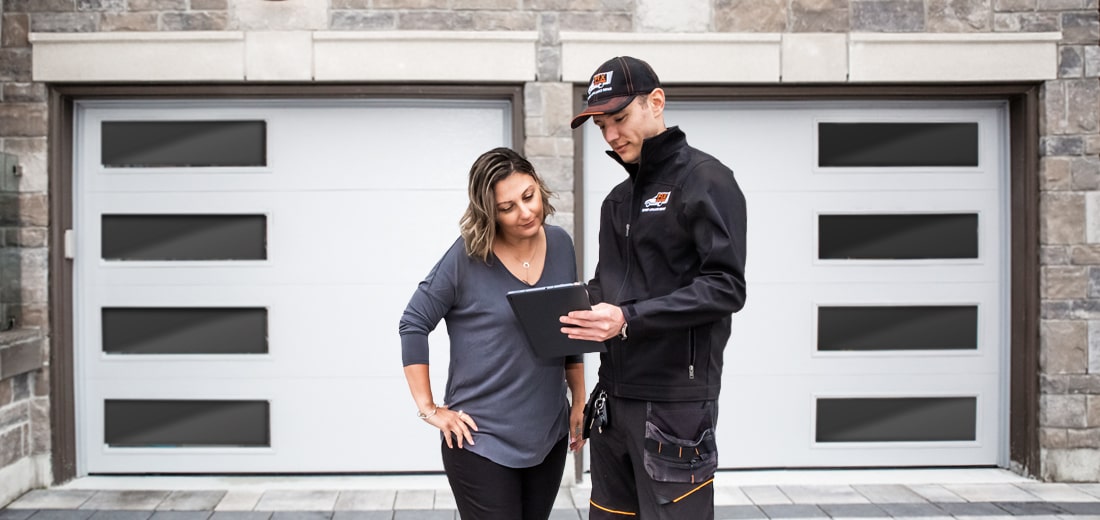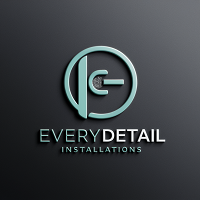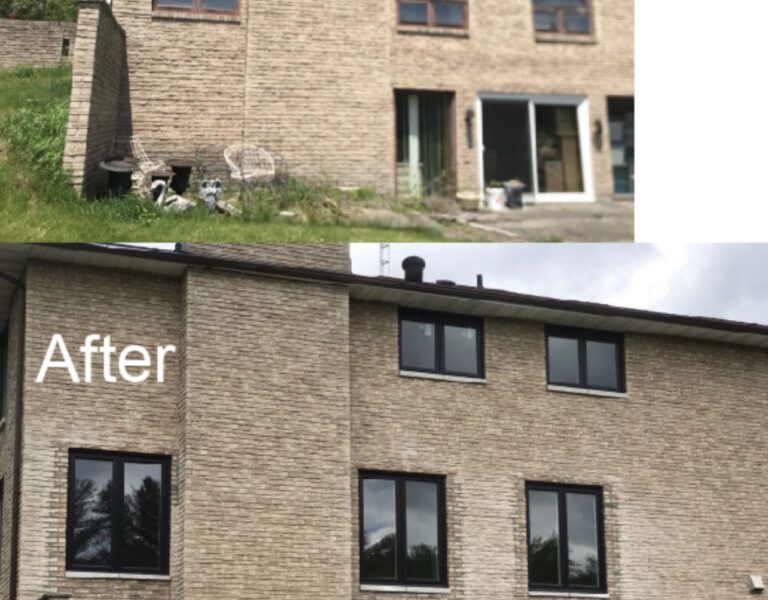Windows play a crucial role in the energy efficiency of buildings. Complying with local energy codes not only ensures legal adherence but also enhances the energy performance of your property. This article guides you through the necessary steps to ensure your window installations meet local energy standards.
Understanding Local Energy Codes
Energy codes are regulations that set minimum requirements for the energy-efficient design and construction of buildings. These codes are designed to reduce energy consumption, which in turn lowers utility bills and environmental impact.
Why Local Variations Matter
Energy codes can vary significantly by region due to differences in climate and local energy policies. It’s essential to understand the specific requirements of your locality to ensure compliance and optimal energy performance.
Key Terms and Definitions
To navigate energy codes effectively, you need to understand several key terms:
- U-factor: Measures how well a window can insulate. Lower values indicate better insulation.
- Solar Heat Gain Coefficient (SHGC): Indicates the fraction of solar energy transmitted and how well the product can block heat from the sun. The lower the SHGC, the better the shading.
- Egress: Refers to the requirements for windows to be used as an escape or rescue route during emergencies.
Understanding these terms helps in selecting the right windows that comply with energy codes.
Choosing the Right Windows for Compliance
Selecting the right windows is pivotal in meeting energy codes. Consider the following factors:
- Material: Materials like vinyl, fiberglass, and wood each have different insulating properties and durability.
- Glazing: Double or triple-glazed windows offer better insulation than single-glazed.
- Frame: Well-designed frames can reduce heat loss and gain.
Benefits of ENERGY STAR® Certified Windows:
- Improved energy savings.
- Better indoor comfort.
- Reduced condensation.
Compliance Paths Explained
There are typically two paths to comply with window energy codes:
- Prescriptive Path: Involves specific criteria such as U-factor and SHGC that must be met.
- Performance Path: Offers flexibility in design but requires that the overall energy usage of the building meets or exceeds certain standards.
Choosing a Compliance Path:
- Consider project-specific needs and flexibility.
- Evaluate the cost implications of each path.
Role of Window Placement and Sizing
The placement and size of windows significantly affect a building’s energy efficiency.

Guidelines for Window Placement and Sizing:
- Orientation: South-facing windows can capture more solar heat during the winter.
- Size: Larger windows may allow more light but can also result in greater heat loss.
Working with Contractors and Inspectors
Selecting the right contractor and regular inspections are key to ensuring compliance.
Tips for Choosing Contractors:
- Look for experience with energy-efficient installations.
- Check references an find here d past compliance records.
Importance of Inspections:
- Ensures that the installation meets local code requirements.
- Identifies potential issues early on.
Navigating Permits and Documentation
Handling permits and maintaining proper documentation are essential steps in the compliance process.
Permit Process Overview:
-
- Application: Submit detailed plans and specifications.
- Review: Local authorities review the plans for compliance.
- Approval: Receive permits to proceed with construction.
Documentation to Keep:
- Purchase receipts.
- Contractor agreements.
- Inspection reports.
Case Studies and Examples
Examining real-world examples provides insights into successful compliance strategies.
Case Study Overview:
- Location: Seattle, Washington
- Project: Residential retrofit
- Outcome: Enhanced energy efficiency and compliance with local codes.
Lessons Learned:
- Importance of early planning.
- Benefits of consulting with energy experts.
Conclusion
Ensuring that your window installations comply with local energy codes is vital for legal adherence and for maximizing energy efficiency. By understanding local codes, selecting the right materials, and working with qualified professionals, you can achieve compliance and contribute to a more sustainable future.

Hello and welcome! I’m Michael Liebe, the proud founder of EveryDetail Installations. With over 15 years of hands-on experience in the door and window installation industry, I’ve dedicated my career to tackling the intricate challenges of custom installations, ensuring each project not only meets but exceeds the highest standards of functionality, style, and energy efficiency.


